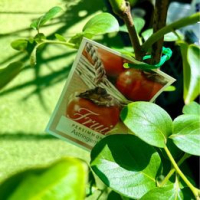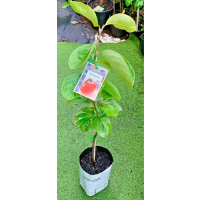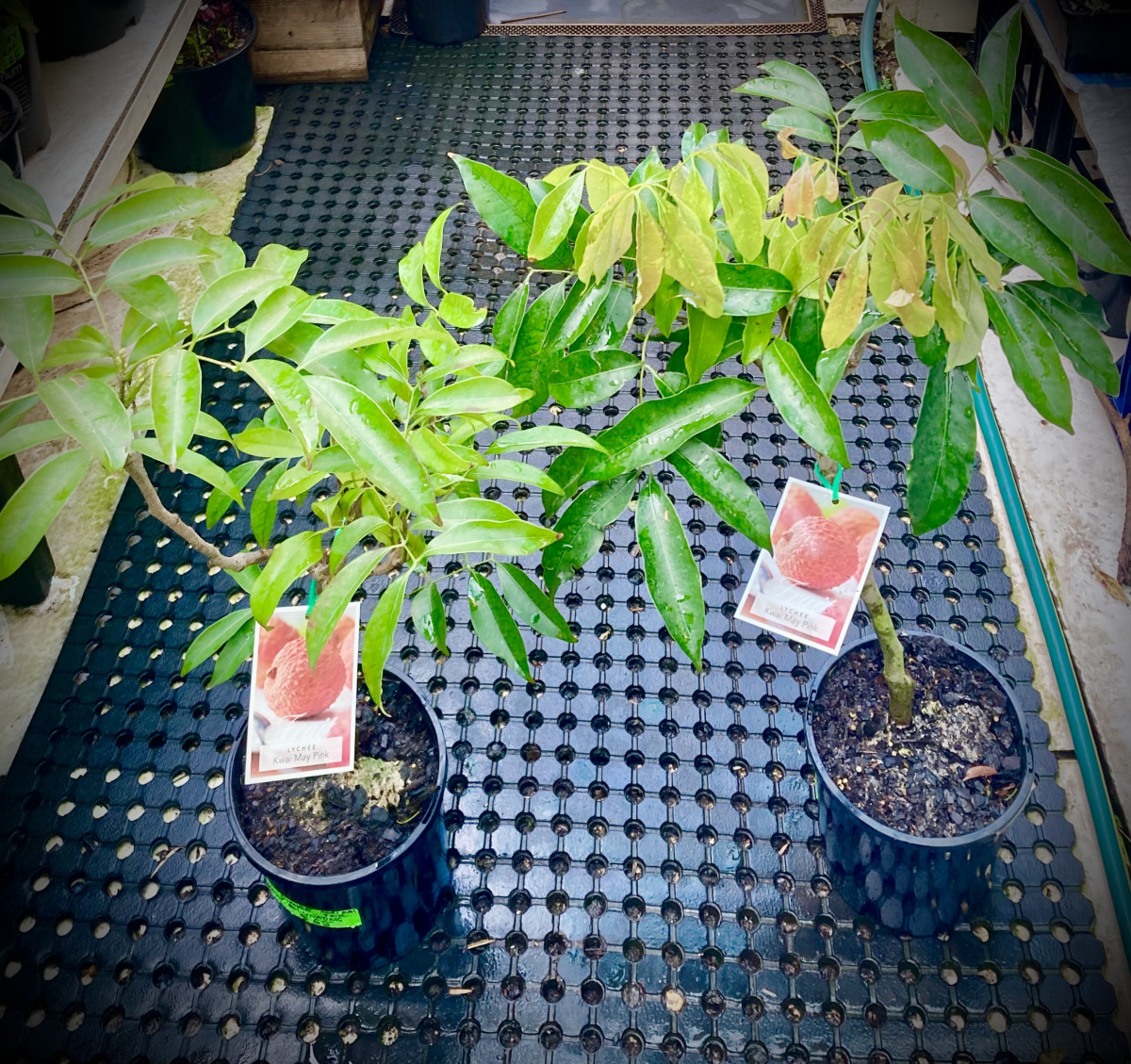





PERSIMMON ASTRINGENT
Category : Fantastic Fruiting Plants
Astringent persimmons are a unique and delightful fruit, known for their rich sweetness and versatility in the kitchen. Unlike their non-astringent counterparts, astringent persimmons require a bit more patience to enjoy, as they need to ripen until they reach a very soft, almost jam-like texture. This guide explores everything you need to know about astringent persimmons, from their characteristics and growth requirements to harvesting techniques and culinary applications.
Characteristics of Astringent Persimmons
Astringent persimmons, such as the Hachiya variety, are renowned for their intense sweetness when fully ripe. When unripe, they contain high levels of tannins, which give them a mouth-puckering, astringent taste. As they ripen, these tannins break down, resulting in a sweet, rich flavor and a soft, jelly-like texture.
Nutritional Benefits
Astringent persimmons are packed with essential nutrients. They are an excellent source of vitamins A and C, which are vital for maintaining healthy skin, vision, and immune function. Additionally, they contain dietary fiber, which aids in digestion, and potassium, which helps regulate blood pressure.
Growing Astringent Persimmons
Climate and Soil Requirements
Astringent persimmons thrive in regions with warm summers and mild winters, making them suitable for USDA hardiness zones 7 through 10. They prefer well-drained soil and can adapt to various soil types, including loamy, sandy, and clay soils. For optimal growth, ensure the soil is slightly acidic to neutral.
Planting and Care
When planting astringent persimmons, choose a location with full sun exposure, as this is essential for fruit production. Dig a hole twice as wide and as deep as the root ball, place the tree, and backfill with soil. Water thoroughly to help the tree establish its roots. Mulching around the base can help retain moisture and suppress weeds but keep the mulch a few inches away from the trunk to prevent rot.
Regular watering is crucial during the first year after planting. Once established, astringent persimmons become relatively drought-tolerant but benefit from occasional deep watering during dry periods. Fertilize with a balanced, slow-release fertilizer in early spring to support growth and fruit development.
Harvesting Astringent Persimmons
Astringent persimmons are typically harvested in the fall, from October to early winter. The fruit is ready to pick when it reaches full color and is still firm. Use hand-held pruning shears to cut the fruit from the tree, leaving the calyx intact to prevent damage. Although the fruit is firm when harvested, it bruises easily, so handle it with care.
Ripening and Storing Astringent Persimmons
After harvesting, astringent persimmons need time to ripen fully. Place the fruit at room temperature for a few days until it becomes very soft and has a nearly jammy texture. This ripening process is crucial to reduce the astringency and enhance the sweetness. Once ripe, astringent persimmons can be refrigerated for a few days to prolong their shelf life.
Culinary Uses of Astringent Persimmons
Astringent persimmons are incredibly versatile in the kitchen. Their sweet, rich flavor and soft texture make them suitable for various culinary applications:
- Fresh Eating: When fully ripe, astringent persimmons can be eaten fresh. Simply cut the fruit in half and scoop out the soft flesh with a spoon.
- Baking: Astringent persimmons add moisture and sweetness to baked goods such as cakes, muffins, and breads. Puree the ripe fruit and incorporate it into your favorite recipes.
- Desserts: Use persimmons to make jams, jellies, puddings, and sorbets. Their natural sweetness can often reduce the need for added sugars.
- Smoothies: Blend ripe persimmons with yogurt, milk, or plant-based alternatives for a delicious and nutritious smoothie.
- Salads: Add a unique twist to salads by incorporating slices of ripe persimmons. They pair well with leafy greens, nuts, and cheeses.
Drying Astringent Persimmons
Drying is an excellent way to preserve astringent persimmons and enjoy their sweetness year-round. Follow these steps to dry persimmons:
- Preparation: Peel the persimmons if desired. You can dry them whole or cut them into slices. Sliced persimmons dry faster and more evenly.
- Drying Methods: Use a food dehydrator, oven, or sun-dry your persimmons. If using a dehydrator or oven, set the temperature to around 135°F (57°C). Arrange the persimmons in a single layer on the drying trays.
- Drying Time: Drying time varies depending on the method and thickness of the slices. It can take anywhere from 6 to 24 hours. Check periodically to ensure they reach your desired level of dryness.
- Storage: Store dried persimmons in airtight containers in a cool, dark place. Properly dried persimmons can last for several months.
Health Benefits and Enjoyment
In addition to their delightful taste and culinary versatility, astringent persimmons offer numerous health benefits. They are rich in antioxidants, which help fight inflammation and support overall health. Their high fiber content aids in digestion and promotes a healthy gut.
Conclusion
Astringent persimmons, with their rich sweetness and unique texture, are a rewarding fruit to grow and enjoy. By understanding their growth requirements, harvesting techniques, and culinary uses, you can fully appreciate the value of this delicious fruit. Whether you enjoy them fresh, in baked goods, or dried, astringent persimmons are a delightful addition to any diet, offering both flavor and nutrition. So embrace the joy of growing and savoring astringent persimmons, and enjoy the sweet rewards of your labor.
Price : $110
$99
In Stock











